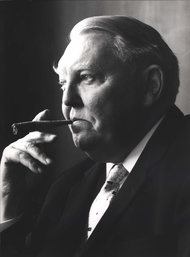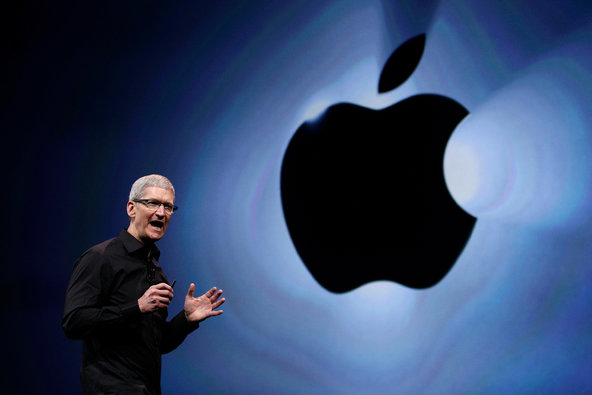Recent fears that the Federal Reserve could begin withdrawing its economic stimulus have prompted interest rates to rise around the world, putting business loans further out of reach for companies in Spain, Italy and France.
For the United States, the Fed easing on stimulus efforts would signal that the American economic rebound has enough momentum to continue on its own. But for most of Europe, still struggling through a recession, the Fed’s moves could make a recovery even harder to achieve.
The problem is evident to companies like Herbert Kannegiesser, which makes equipment here for large commercial laundries. It is the kind of niche industrial business that has continued to grow even during the economic crisis and helped sustain German exports. But laundry systems costing hundreds of thousands of euros are a tougher sell when loans are more expensive.
“Europe is our home market,” Martin Kannegiesser, son of the company’s founder, said in an interview in this rural corner of northwestern Germany. “Banks, especially outside of Germany, are very reluctant to give loans and financing to small and medium-size businesses. That is a problem.”
The Kannegiesser problem is a microcosm of the broad issue confronting Mario Draghi, president of the European Central Bank. He must keep trying to find ways to steer the euro zone out of recession even as his American counterpart at the Fed, Ben S. Bernanke, contemplates how soon to take his foot off the accelerator of the United States economy.
Unfortunately for European executives and central bankers, what happens in Washington does not stay in Washington. Rising yields, or market interest rates, on United States Treasury bonds have had worldwide repercussions.
The yield on the 10-year Treasury bond is now 2.66 percent, compared with 2.19 percent before remarks by Mr. Bernanke on June 19 raised expectations that the Fed would soon begin to taper off its stimulus program of buying government securities.
The better return available on American debt draws money away from Europe and pushes up rates for euro zone government bonds as well as commercial loans. Yields on Spanish and Italian government bonds rose sharply after Mr. Bernanke’s remarks. Euro zone yields have retreated somewhat since but are still higher than they were before June 19. The Spanish 10-year bond is at 4.79 percent, compared with 4.5 percent in early June.
“From the European point of view, the worst thing that could happen is an increase in long-term interest rates, which is what the Fed action is threatening to do,” said Charles Wyplosz, a professor of international economics at the Graduate Institute in Geneva.
The timing is terrible for Europe. The European Central Bank is still fighting a severe credit crisis in Southern Europe, which is making it difficult for countries like Spain to emerge from a prolonged recession that has pushed the unemployment rate to 27 percent.
Even before Mr. Bernanke mentioned the word “taper,” lending in Europe had been in a slump. In May, the most recent month for which data is available, loans to corporations excluding banks fell at an annual rate of 3.1 percent, according to European Central Bank data.
The central bank in early May cut its main interest rate to 0.5 percent, a record low. Last week, in an unprecedented step, Mr. Draghi assured investors that the rate would not rise above 0.5 percent for an extended period and could be cut further.
European political leaders are a long way from addressing the causes of the euro zone crisis and need all the help they can get from low interest rates. On Wednesday, European Union officials announced a plan to deal with failing banks that would include centralized decision making and an emergency fund. But the plan, considered essential to prevent bank failures from taking down entire nations, could face resistance from Germany and other countries wary of giving up control over their banks.

Article source: http://www.nytimes.com/2013/07/11/business/global/feds-easing-of-stimulus-could-hamper-european-recovery.html?partner=rss&emc=rss


